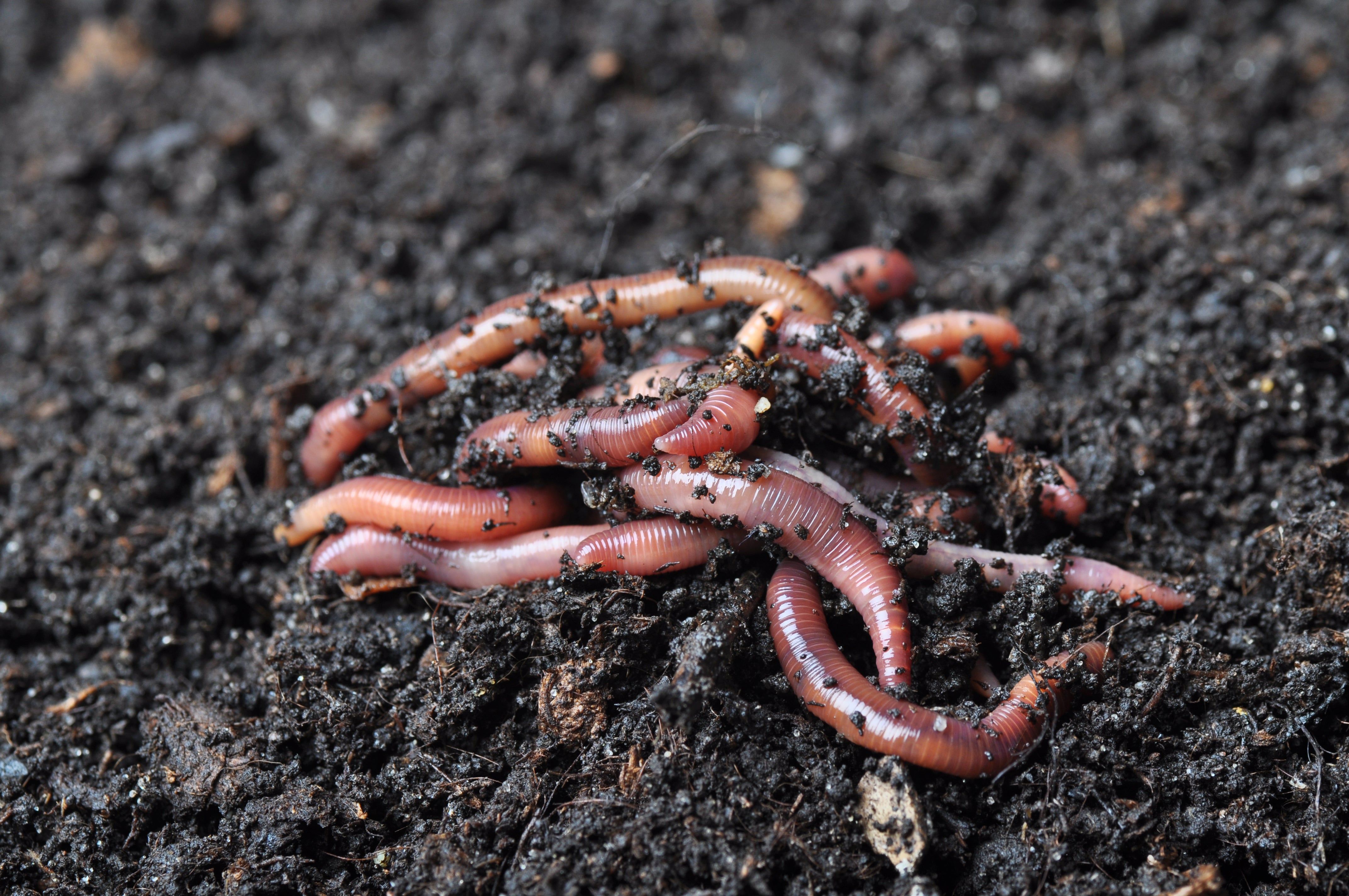Organic farming red worms: Guide to thriving setups
Organic farming red worms: Guide to thriving setups
Blog Article
Making Use Of Red Wigglers for Effective Organic Garbage Disposal
Making use of red wigglers for natural garbage disposal offers a compelling approach to handling food scraps while promoting environmental sustainability. These worms not only boost waste disintegration but likewise generate important worm castings, which can substantially enhance soil health and wellness. Their ability to refine large quantities of organic product with minimal effort placements them as an obtainable service for houses and neighborhoods alike. Recognizing the subtleties of setting up an effective worm container and maintaining an ideal environment is crucial for maximizing their advantages. The following steps in this process might surprise you.
Advantages of Making Use Of Red Wigglers
Among the most compelling advantages of using red wigglers for organic waste disposal is their exceptional performance in composting. These worms, medically called Eisenia fetida, are specifically adapted for breaking down organic materials, enabling them to process waste up to twice their body weight each day. This rapid decay not only speeds up the composting process but likewise produces nutrient-rich worm castings that dramatically improve dirt top quality.
In addition, red wigglers add to a decrease in garbage dump waste. By drawing away organic materials from garbage dumps, they assist reduce methane emissions-- a potent greenhouse gas. This ecological advantage is critical in the battle versus climate change.
Moreover, red wigglers are low-maintenance and can grow in numerous settings, making them obtainable for both newbie and knowledgeable composters. Their ability to reproduce quickly makes certain a consistent population, helping with ongoing waste handling.
Establishing Your Worm Bin
Developing a reliable worm container is necessary for making the most of the benefits of composting with red wigglers. The very first step is choosing a proper container. A bin made of plastic or timber, with a capability of 10 to 20 gallons, is perfect. Ensure the container has ample drain holes to avoid excess moisture, as red wigglers grow in a moist however not soggy setting.
(Granite Falls Worm Farms)Next, prepare the bedding material, which serves as the worms' habitat and food resource. Shredded paper, cardboard, and coconut coir are excellent options. Goal for a bed linen deepness of around 4 to 6 inches. The bin ought to be put in a dark, temperature-controlled area, preferably in between 55 ° F and 77 ° F, to preserve worm activity.
As soon as the container is established, introduce the red wigglers, permitting them to accommodate to their brand-new atmosphere. It's essential to monitor dampness degrees and temperature on a regular basis. A well-maintained bin will not only support the wellness of the worms however also facilitate reliable decay of organic waste. By adhering to these guidelines, you can develop a successful community that adds to lasting waste management.
(Western North Carolina Worm Farms)
What to Feed Red Wigglers
An understanding of the appropriate diet regimen for red wigglers is essential for keeping a healthy worm population and optimizing composting efficiency. These things not just offer important nutrients but additionally add to the wetness balance within the worm container.
It is vital to prevent certain foods that can damage the worm populace. Red wigglers ought to not be fed meat, dairy items, oily foods, or processed things, as these can bring in insects and create undesirable odors. red wigglers. In addition, citrus fruits and hot foods ought to be decreased, as their level of acidity can be harmful to worms
To advertise ideal digestion, food should be cut into smaller sized pieces, helping with quicker failure and usage. Introducing food in small amounts is also crucial; overfeeding can result in anaerobic problems and attract undesirable insects. Monitoring the worm container for food consumption rates will certainly assist make certain that red wigglers are getting an ample diet plan while keeping an efficient composting setting. Proper feeding methods are essential for fostering a flourishing environment within the worm container.
Maintaining Your Worm Habitat
A well-kept worm habitat is vital for the health and wellness and efficiency of red wigglers. To make sure optimum problems, it is vital to check temperature level, dampness, and oygenation within the worm container (red wigglers).
Wetness degrees ought to be kept constant; the bed linen must perspire however not soaked. A great policy of thumb is to preserve moisture at approximately 70% to 80%. If the bedding comes to be also wet, it can result in anaerobic conditions that are unsafe to the worms. Including completely dry carbon-rich materials, such as shredded paper or cardboard, can help soak up excess wetness.

Using Worm Castings in Gardening
Rich in nutrients and valuable microbes, worm spreadings act as a phenomenal natural plant food for gardening. Produced via the digestion processes of red wigglers, these spreadings include an array of important nutrients, including nitrogen, phosphorus, and potassium, which advertise durable plant growth. Unlike artificial plant foods, worm castings supply a slow-release like it mechanism, guaranteeing that nutrients are offered to plants over an extensive duration, thereby minimizing the risk of nutrient leaching and dirt exhaustion.
Along with nutrition content, worm spreadings improve soil structure and oygenation, improving dampness retention and drain. The microbial life present in worm spreadings aids to suppress microorganisms and advertises a healthy and balanced dirt environment, additional profiting plant health. When integrated into the dirt or utilized as a leading clothing, worm castings can substantially improve seed germination rates, origin growth, and total plant vigor.
For ideal outcomes, garden enthusiasts need to use worm spreadings at a price of 1-2 inches per square foot, blending them right into the dirt or integrating them into potting mixes. Overall, making use of worm spreadings is a green approach to enriching soil fertility and making sure flourishing garden environments.
Conclusion

Report this page